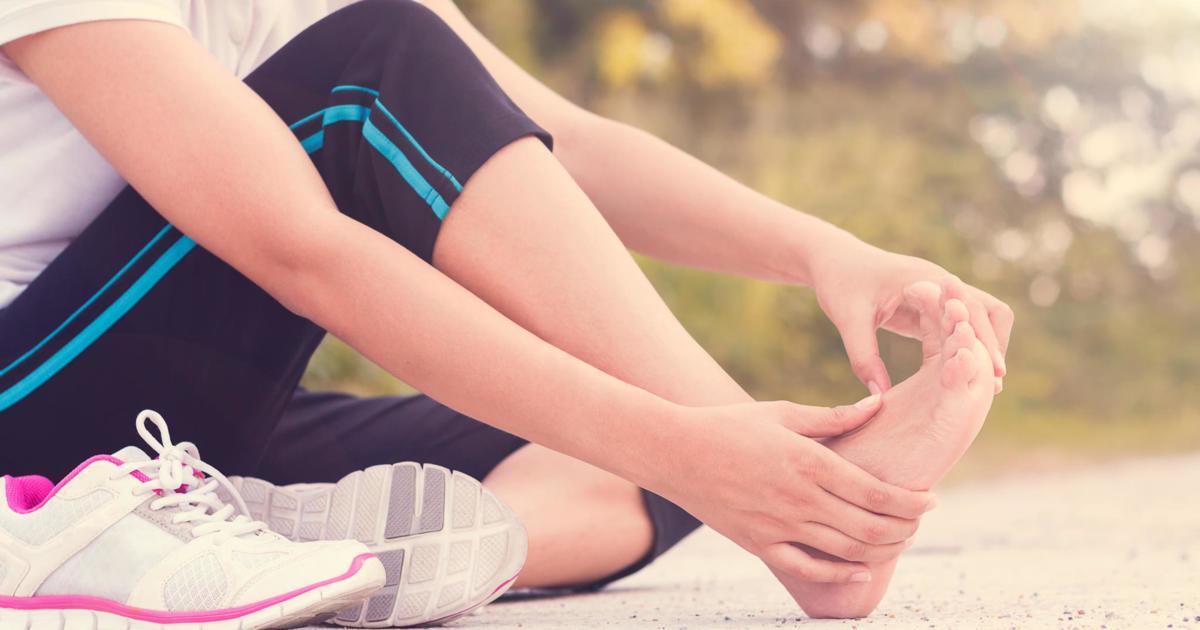Causes, Risk Factors, And Complications Of Cellulitis
Eczema

Eczema is a skin condition that causes itching and inflammation. Patients with this condition typically have dry skin that may have rough or scaly patches, and some areas could be red. The skin may ooze or swell, and areas of crusting might develop. Patients may have areas of broken skin that could serve as entry points for bacteria, and this increases the risk of cellulitis. Eczema is most common in infants and children, and it affects up to three percent of adults in the United States. A physical examination of the skin is usually sufficient to diagnose eczema, and a patch test may be recommended in some cases. To treat eczema, patients often use corticosteroid creams and ointments. These are generally used for a short period. Oral antihistamines such as loratadine and fexofenadine can ease itching, and dermatologists may recommend light therapy sessions for some patients. Light therapy helps reduce and clear eczema patches, and it assists in the prevention of bacterial skin infections too.
Athlete's Foot

Athlete's foot is a fungal infection that often starts between the patient's toes. Individuals with this condition may develop an intensely itchy red and scaly rash. Some types of athlete's foot also cause ulcers and blisters. Itching tends to be most severe immediately after the patient removes their shoes and socks. Athlete's foot is a contagious infection, and it easily spreads through contact with contaminated towels, shoes, and floors. As with eczema, scratching the site of an athlete's foot infection may create an entry point for bacteria, and this increases a patient's risk of contracting cellulitis. Patients may spread the infection to their hands or other parts of the body if they touch the infected area, and they can transmit it to others by walking barefoot on a floor or by sharing towels, socks, shoes, and other items that have touched the infected site with others. Athlete's foot is treated with antifungal creams and sprays that are available over the counter. If these treatments don't clear the infection, the patient may need a prescription-strength topical treatment or oral antifungal medicine. To prevent athlete's foot, doctors advise patients to change their socks regularly and to go barefoot at home so the feet can air out. It is important to dry the areas between the toes carefully after a bath or shower. Patients may want to alternate the pairs of shoes they wear, and waterproof shoes should be worn in public places such as gyms, pools, showers, and locker rooms.
